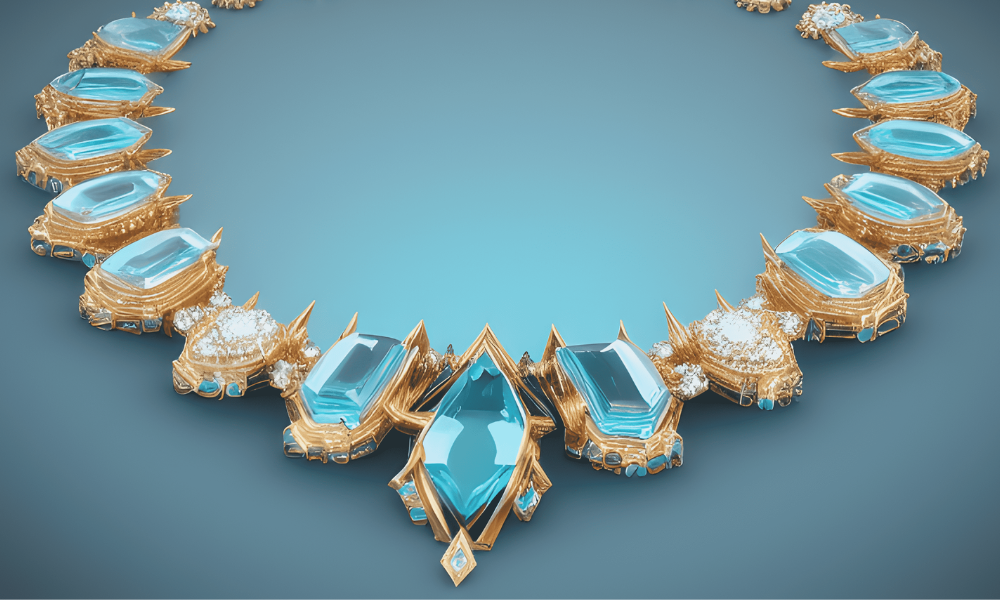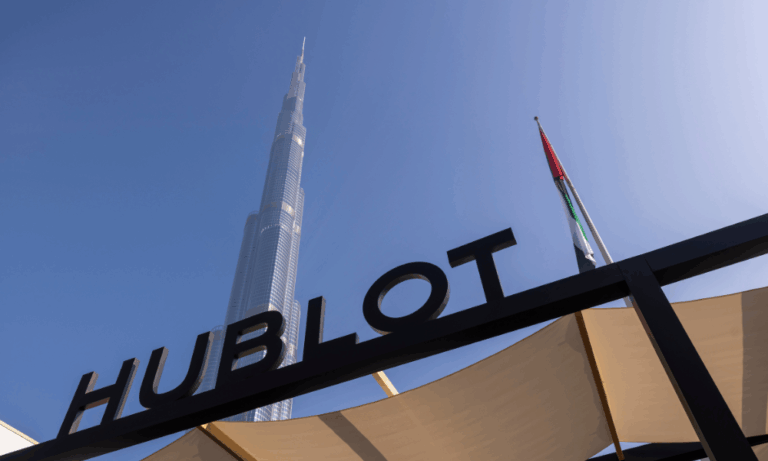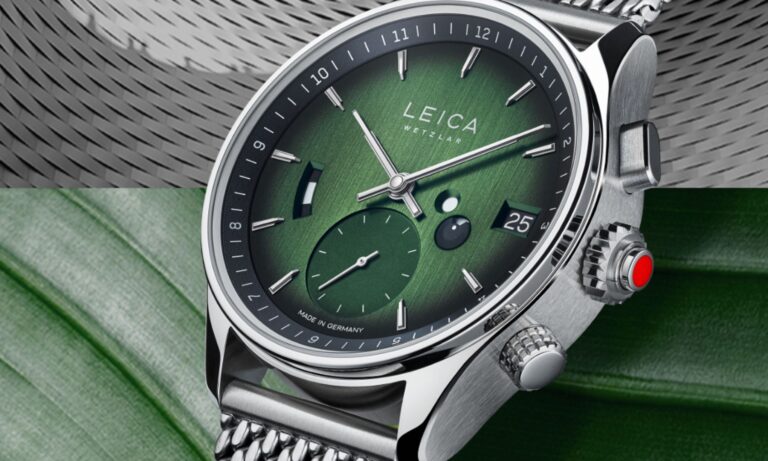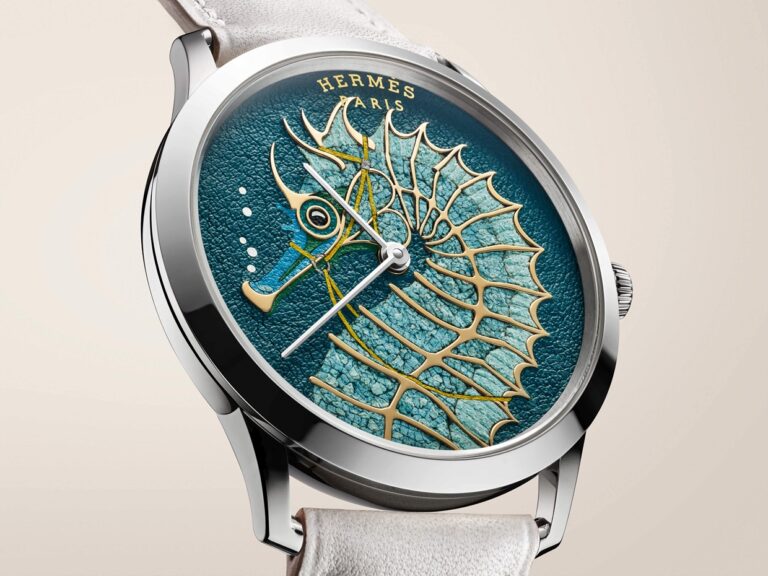The unfathomable number of generated results hold a two-fold significance. The first, is an indication of the limitless design interpretations available for the aforementioned word dyad. The second, is the inevitability of potential consumers’ frustration during purchase decision making. Enter artificial intelligence (AI) and augmented reality (AR) stage left. The efficiencies garnered from simulated problem solving (AI) in the design realm, coupled with a digital-meets-real-time customer experience (VR), have remedied and rippled throughout jewellery’s, once sceptical, online space. Nevertheless, there is an impending fear of AI taking-over, formerly considered, untouchable creative roles.
Industry veterans have claimed that “creativity” as process has not been conceptually understood and therefore cannot be codified in terms of a definitive series of steps that can be replicated by machine learning. Still, the hypothetical gains for the industry are inescapable. We are at the first hour of AI, only witnessing the tip of the iceberg of the potential of generative-based and data-based design within jewellery.
Feeding the system carefully scripted text, references and a set of parameters (essentially prompt engineering), alleviates the designer of the embroiled nature of the ideation process. Instead, a creator is able to efficiently filter though AI generated initial concepts, allowing them to invest in the strenuous task of design development as oppose to remaining in the lull of creative limbo. Furthermore, designers who were once stylistically boxed in a particular category are now able to explore various applications of their concepts beyond their priming interests, expertise or education. Once subjected to alternative references, AI’s rendered outputs challenge what may have been deemed possible in terms of unaided design.
Exchanging AI’s feeding from appetiser prompts, to an amuse-bouche worth of datasets – yields the next course – a platter of data driven design results. Unequivocally, the simulation is able to analyse historical data regarding customer purchasing behaviour to forecast future design trends, that both designers and marketeers can take advantage of in terms of product demand. Moreover, AI is able evaluate statistics behind consumer’s virtual behaviour, thereby radically improving customer service interactions and personalisation within the online space.
The “online magic” of sales, as McKinsey & Co. put it, are forecasted to reach between 18%-21% of the market by 2025, with VR being the antidote to consumer doubt when making a hefty online purchase. The revolutionary customer experience allows a 3D render of a jewellery article to hover seamlessly on a customer’s real-time image. The end result is a life-like visual representation of how a piece would perch on one’s ears, neck, wrists or fingers beyond the screen. As customers try on an earring (for example) and are able to visualise its metal colour, design, diamonds and level of swing – a golden circle of prosperity ensues. Visualising a potential purchase through VR increases purchase conversion rates, reduces sales return rates and increases the number of new and returning customers through higher satisfaction rates – a triple win that ultimately translates to an increase in revenue.
While artificial intelligence can conjure up a design and its sister variations, it is the human mind that combines the nuances of aesthetic, demand and manufacturability for a commercially successful product. Only time will tell, whether a buyer’s elation of tapping through six diamond cuts for a necklace (femtoseconds apart), will completely eradicate one’s longing for the icy touch of gold on one’s flesh pre-purchase.
Image credit: Starryai.com
ALSO READ: FROM ‘HAUTE’ HORLOGERIE TO ‘HOT’ SUMMER DESTINATIONS WITH ‘HUBLOT LOVES SUMMER’ CAMPAIGN.




